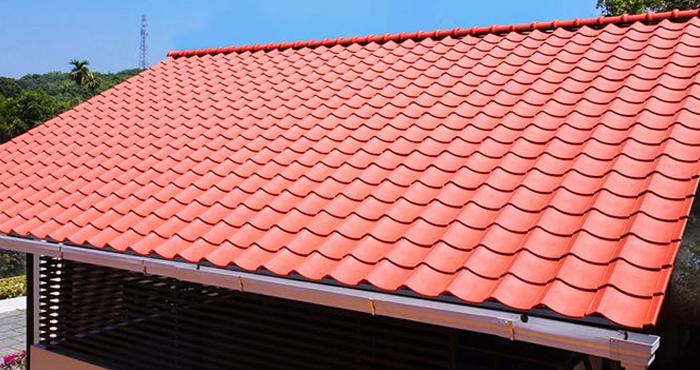Brick tiles for the roof are the most preferred as they give an aesthetic look and feel. They provide better insulation, are durable, and better build quality. Overall they have a longer life span and withstand harsh weather conditions. Clay tiles are of three types: hand-made, hand-crafted, and machine-made. Brick tiles, also known as brick slips, make your roof stand out as they are unique and have a rustic look and feel. As the days pass by, the appearance of tiles improves.
However, it is imperative to pick the correct size, colour, and installation method while installing the tiles. You have to source tiles from a reliable bricks manufacturing company to have the best quality tiles. The type and quality of tiles matter the most when installing to have long-lasting roofs and a fantastic look. There are a few factors to consider while selecting the tiles for your roof.
How to Choose the Right Tiles
You have to choose the type of tiles depending on your place’s weather and climate conditions. The best thing you can do is choose the renowned tiles manufacturers. Because leading tile manufacturers like Jindal Mechno Bricks Pvt. Ltd make tiles that withstand the weather conditions of your geographical area. There are different types of tiles such as:
- Plain Tiles – Plain tiles are rectangular-shaped tiles that are smaller in size. They have to be double lapped. That means there should be two layers of tiles on the entire roof. You should see that the top tile overlaps the tile underneath.
- Slate Tiles – Slate tiles are made of metamorphic rock. Slate tiles are one of the most popular roofing materials. While installing, to avoid damage, you should place it on a solid underlay with mortar.
- Roman Tiles – Ancient Greek and Roman architecture used Roman tiles. They are durable and waterproof tiles.
- Pantiles – Pantiles are S-shaped and are single lap tiles. They are placed in such a way to overlap its adjacent tile. They are usually large tiles.
The Correct Procedure to Install Roof Tiles
Installing the roof tiles is a very tedious process. It requires a lot of planning and preparation to install the perfect tiles on your roof that are top-notch, withstand various weather conditions, cost-effective, and as per your taste. It would help if you used the proper technique to install the roof tiles, whether laying a new roofing tile or renovating the roof. This article will let you know about the correct procedure to install roof tiles.
Perfect Roofing Underlay
The proper procedure to install the tiles is perfect roofing underlay. The material you use below the tiles is crucial as its durability depends on it. The roofing material should cover all the areas perfectly.
Procedure:
1. After installing the underlay, you can install metal flashing around chimneys, conducts, and vertical walls on the roof.
2. Consider the impact of the weight of tiles on the roof. The roof should be capable enough to carry the load of the tiles you choose.
3. You should have the necessary materials and tools to seal nail holes, such as gasket nails with interior plastic caps.
4. You should choose the right time to start the work depending on the weather conditions of your area.
5. If the roof is too steep, you need battens to hold the tiles. Usually, people use wooden battens; however, you can also use metal or plastic ones.
6. Now start installing the tiles, start from one side and cover the length of th roof. If you have used battens, you can directly nail the tiles into the sheathing. Or you can also clip them.
7. You need not nail all the tiles if they are tightly interlocking.
8. You have to cut and use tiles at spots like a chimney to fit that area.
Conclusion
If you are looking for zero maintenance and excellent quality tiles, then opt for Jindal Mechno Bricks as your choice. We manufacture world-class products using top-notch technology. Time has proved our excellence in providing the best in class products as we have been serving for more than two decades and going on stronger. We also offer customized products for more significant projects.





